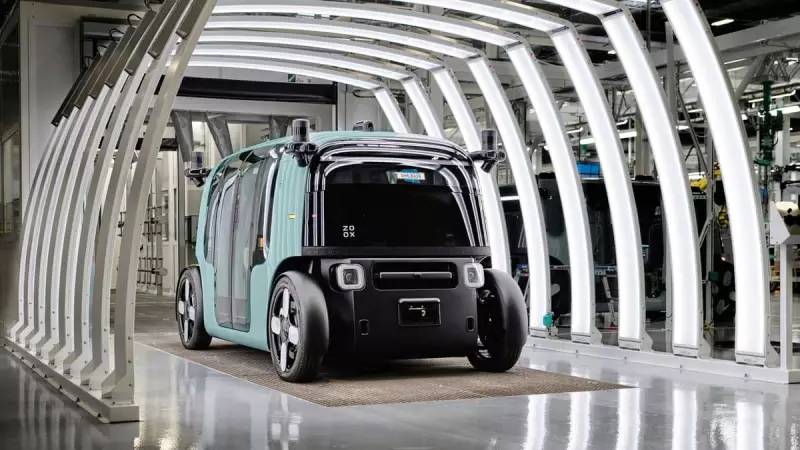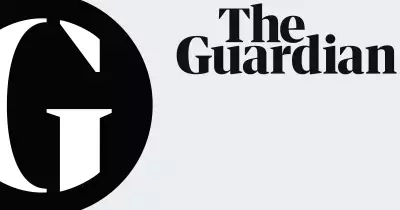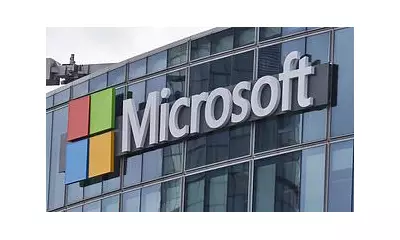
In a bold move that intensifies the competition in the autonomous vehicle sector, Amazon's subsidiary Zoox has officially launched its robotaxi service in San Francisco. The service, which is currently free for selected users, marks a significant step in Amazon's strategy to challenge the early lead established by Google's self-driving car venture, Waymo.
A Cautious Rollout in the Golden City
The expansion, confirmed on Tuesday, is not a city-wide launch. Instead, it will be carefully confined to a few major neighbourhoods within San Francisco. Access is restricted to individuals who previously signed up on a waiting list, offering them the chance to ride in Zoox's distinctive, gondola-shaped vehicles. A key feature of these robotaxis is the absence of a steering wheel, highlighting their fully autonomous capabilities.
This launch in California comes less than three months after the Amazon-owned company initiated its first public ride-hailing service along the famous Las Vegas strip. Unlike its main competitor, Zoox is not yet charging fares. This strategy of offering free rides is a critical milestone for the company as it prepares for a future commercial model, similar to those used by Waymo and traditional services like Uber and Lyft.
The Regulatory Hurdle and the Competitive Landscape
Before Zoox can begin charging customers, it must first secure approval from California regulators. This is a hurdle that Waymo successfully cleared in August 2023, after addressing safety concerns raised by local officials. Since receiving that green light, Waymo's robotaxis have become an increasingly common sight on the streets of San Francisco.
Waymo, which began as a secret project within Google back in 2009, has a significant head start. It already operates its self-driving taxis in several US cities, including San Jose, Los Angeles, Atlanta, and Austin. Its ambitious growth plans include expanding into New York City, Washington DC, and London next year. In another sign of its accelerating expansion, Waymo announced on Tuesday that its vehicles will now operate on highways in San Francisco, Los Angeles, and Phoenix, and it plans to launch in five more US cities: Dallas, San Antonio, Houston, Miami, and Orlando.
Amazon's Long-Term Ambitions for Autonomous Transport
Amazon is not standing still. The e-commerce giant is gearing up to bring Zoox's robotaxis to other major metropolitan areas, with Austin and Miami already on the agenda. To support this ambitious vision, Amazon has repurposed a former bus factory in Hayward, California, into a state-of-the-art production plant for its autonomous vehicles.
Located about 25 miles south-east of San Francisco, this hi-tech facility is central to Zoox's plans. The company eventually hopes to manufacture up to 10,000 robotaxis annually at this plant, signalling Amazon's deep commitment to making a substantial impact in the future of transportation. This journey began in earnest in 2020 when Amazon acquired Zoox for a staggering $1.2 billion.
The race for dominance in the self-driving car industry is clearly heating up, with tech giants like Amazon and Google's Waymo investing heavily to shape the future of how we move.





